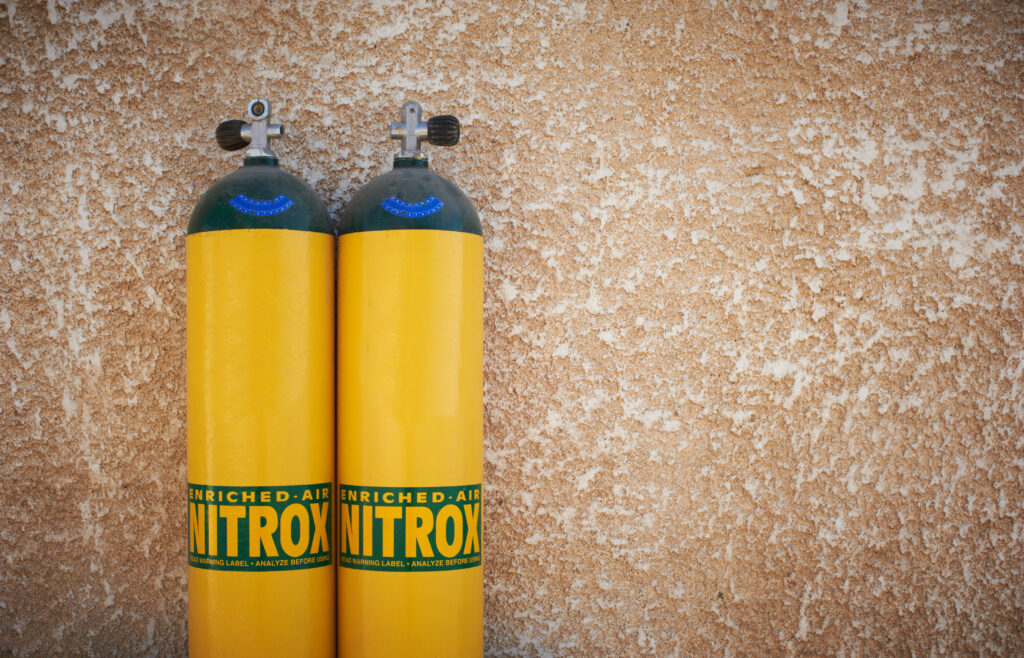What is a No Stop Dive?

A no stop dive, also known as a no decompression dive, is a type of scuba diving where divers can ascend directly to the surface without having to make mandatory decompression stops. These dives are characterized by staying within certain depth and time limits to avoid the need for decompression, which occurs when dissolved gases, primarily nitrogen, form bubbles in a diver’s body during ascent. The practice is crucial for recreational diving as it emphasizes safety and proper planning. Understanding the concept and adhering to the guidelines can prevent decompression sickness, making no stop dives a fundamental aspect of safe diving practices.
What is a Repetitive Dive?

A repetitive dive is a dive that takes place after a previous dive within a certain period, usually within the same day. The critical aspect of a repetitive dive is the residual nitrogen that remains in the diver’s body from the previous dive. This residual nitrogen affects how subsequent dives are planned and executed to avoid decompression sickness, commonly known as “the bends.” Understanding repetitive dives is essential for divers to manage their dive profiles safely and to maximize their underwater experience without compromising their health.
What is Surface Consumption Rate?

The Surface Consumption Rate (SCR) is a critical concept in scuba diving that quantifies a diver’s gas usage under standardized surface conditions. This value is measured in units such as pounds per square inch (psi), bars, or cubic feet per minute (CFM). SCR is an essential metric for calculating a diver’s air consumption at different depths and plays a significant role in dive planning. Having an accurate understanding of one’s SCR is key for determining the duration of a dive, ensuring a safe and well-managed air supply throughout the dive.
What is Travel Gas?

Travel gas is a critical component in the world of scuba diving, particularly in the practice of technical diving. This term refers to a specific mixture of gases used by divers to ensure safe and efficient ascents and descents. Unlike recreational diving, which typically involves straightforward gas mixtures like air or enriched air nitrox, technical diving requires more complex planning and gas management. Travel gas plays a vital role in mitigating the risks associated with deep and extended dives, such as decompression sickness and nitrogen narcosis. Understanding its composition, planning, and application is essential for divers aiming to extend their underwater capabilities safely.
What is a No Decompression Dive?

A no decompression dive is a type of underwater diving where the diver can ascend directly to the surface without needing to perform decompression stops. This concept is fundamental to recreational diving, ensuring that divers can enjoy underwater exploration while minimizing the risks associated with decompression sickness. Decompression sickness, often referred to as “the bends,” occurs when dissolved gases, primarily nitrogen, come out of solution in the blood and tissues, forming bubbles as pressure decreases during ascent. By adhering to no decompression limits (NDL), divers avoid the critical levels of gas absorption that necessitate staged ascents, making their underwater adventures safer and more manageable.
What is a Triangular Dive Profile?

A “Triangular Profile” is a specific dive profile commonly used in scuba diving, characterized by three distinct stages: the descent, the bottom time, and the ascent. This diving method is so named due to the graphical representation of the dive, which forms a triangular shape when the diver’s depth is plotted against time.
What is a Slate in Scuba Diving?

What is a Slate in Scuba Diving? The word “slate” might call to mind the traditional writing surfaces used by schoolchildren of the past, yet in the context of scuba diving, the term refers to a robust tool fundamental to underwater communication. A scuba diving slate is a rigid plastic tablet that divers use to […]
What is Ascent Rate?

What is Ascent Rate? Ascent rate, a crucial aspect of scuba diving, refers to the speed at which a diver rises to the surface after a dive. It is essential to adhere to recommended ascent rates to minimize the risk of decompression sickness, a potentially life-threatening condition that can result from the formation of gas […]
What is a Dive Computer?

What is a Dive Computer? A dive computer is an indispensable piece of scuba diving equipment that assists divers in monitoring the time and depth of their dives. It also calculates nitrogen levels in the body and determines a safe ascent profile using mathematical algorithms. The purpose of this device is to enhance diver safety, […]
What is Enriched Air Nitrox (EAN)?

Enriched Air Nitrox (EAN) is a specialized breathing gas mixture used by recreational scuba divers to increase their bottom time or safety margin while diving.
